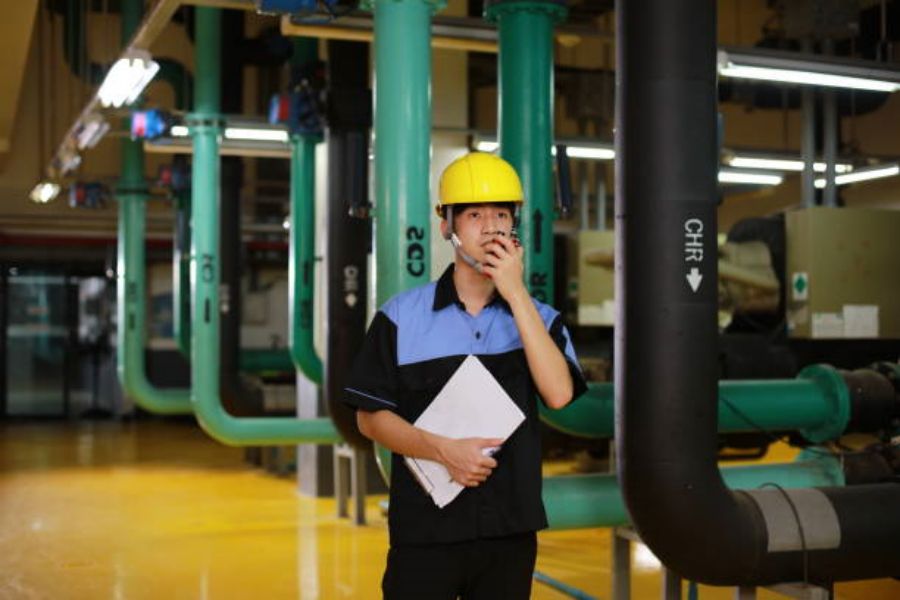Introduction
Understanding the thermal expansion valve location is crucial for maintaining the optimal performance of your HVAC system. This article will delve into the various aspects of the thermal expansion valve, its purpose, and its significance in the overall functioning of the system.
The Basics of a Thermal Expansion Valve
A thermal expansion valve, commonly referred to as TXV, is an essential component of an HVAC system. Its primary purpose is to regulate the flow of refrigerant into the evaporator coil. By doing so, it ensures efficient cooling or heating by controlling the amount of refrigerant entering the evaporator.
Locating the Thermal Expansion Valve
The thermal expansion valve is typically located at the evaporator coil outlet. Its placement is crucial as it allows the valve to monitor the temperature and pressure of the refrigerant leaving the evaporator coil. This position ensures accurate regulation of the refrigerant flow.
Importance of Proper Location
The correct placement of the thermal expansion valve is vital for optimal HVAC system performance. When installed in the right location, the valve can effectively respond to changes in system demand, ensuring efficient and precise cooling or heating. It also helps prevent issues such as refrigerant floodback and inadequate superheat levels.
Factors Influencing Location
Several factors influence the selection of the thermal expansion valve location:
- System Design: The design of the HVAC system, including the type of evaporator coil, refrigerant, and piping arrangement, plays a significant role in determining the valve's location.
- Accessibility: The valve should be easily accessible for inspection, maintenance, and potential replacement if needed.
- Temperature Sensing: The location should allow the thermal expansion valve to accurately sense the temperature of the refrigerant leaving the evaporator coil.
- Pressure Sensing: The valve's position should enable it to measure the pressure of the refrigerant effectively.
Common Locations for Thermal Expansion Valves
While the specific location may vary depending on the system design, some common placements for thermal expansion valves include:
- Directly on the Evaporator Outlet: Placing the valve directly on the evaporator outlet ensures accurate temperature and pressure sensing, making it a popular choice.
- Within the Evaporator Coil: Some systems have the thermal expansion valve located within the evaporator coil. This position allows for more precise control and can be advantageous in certain scenarios.
- External to the Evaporator: In certain cases, the valve may be installed outside the evaporator coil but still in close proximity. This location may be chosen due to system design limitations or other practical considerations.
Installation Considerations
When installing a thermal expansion valve, it is crucial to follow manufacturer guidelines and consider the following:
- Piping Length: The length of the refrigerant piping between the valve and the evaporator coil should be within the specified limits to ensure optimal performance.
- Piping Insulation: Proper insulation of the refrigerant piping helps prevent heat gain or loss, ensuring accurate temperature measurements by the valve.
- Orientation: The valve should be installed in the correct orientation to allow for proper refrigerant flow and prevent issues such as liquid slugging.
Signs of a Malfunctioning Valve
A malfunctioning thermal expansion valve can lead to various HVAC system issues. Some common signs of a faulty valve include:
- Insufficient cooling or heating
- Excessive pressure or temperature fluctuations
- Icing on the evaporator coil
- Poor energy efficiency
Maintenance and Troubleshooting
Regular maintenance is crucial for ensuring the proper functioning of the thermal expansion valve. If you suspect any issues, it is advisable to consult a professional HVAC technician. They can perform diagnostic tests, clean the valve, and make any necessary adjustments or replacements.
Conclusion
The thermal expansion valve location is a critical aspect of HVAC system design and maintenance. Proper placement ensures accurate regulation of refrigerant flow, leading to efficient cooling or heating. Understanding the factors influencing location and the signs of a malfunctioning valve can help homeowners and HVAC professionals maintain optimal system performance.
